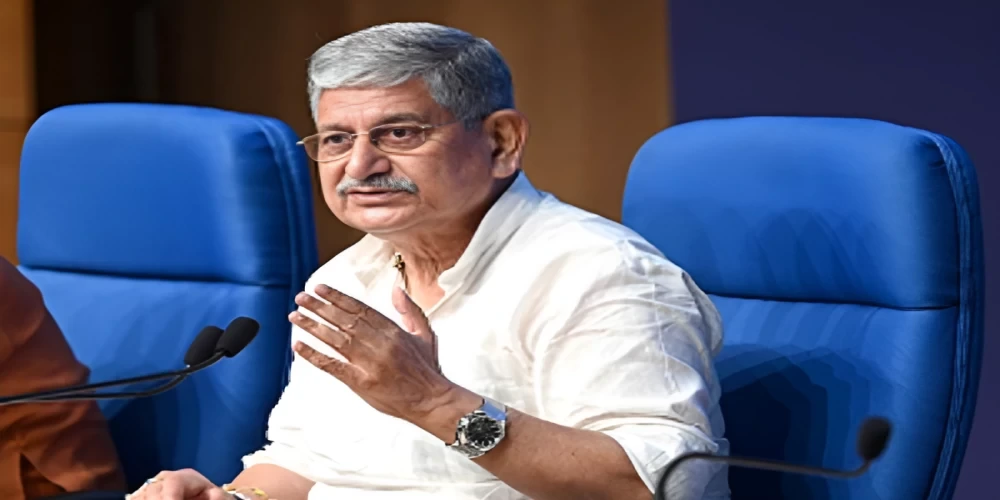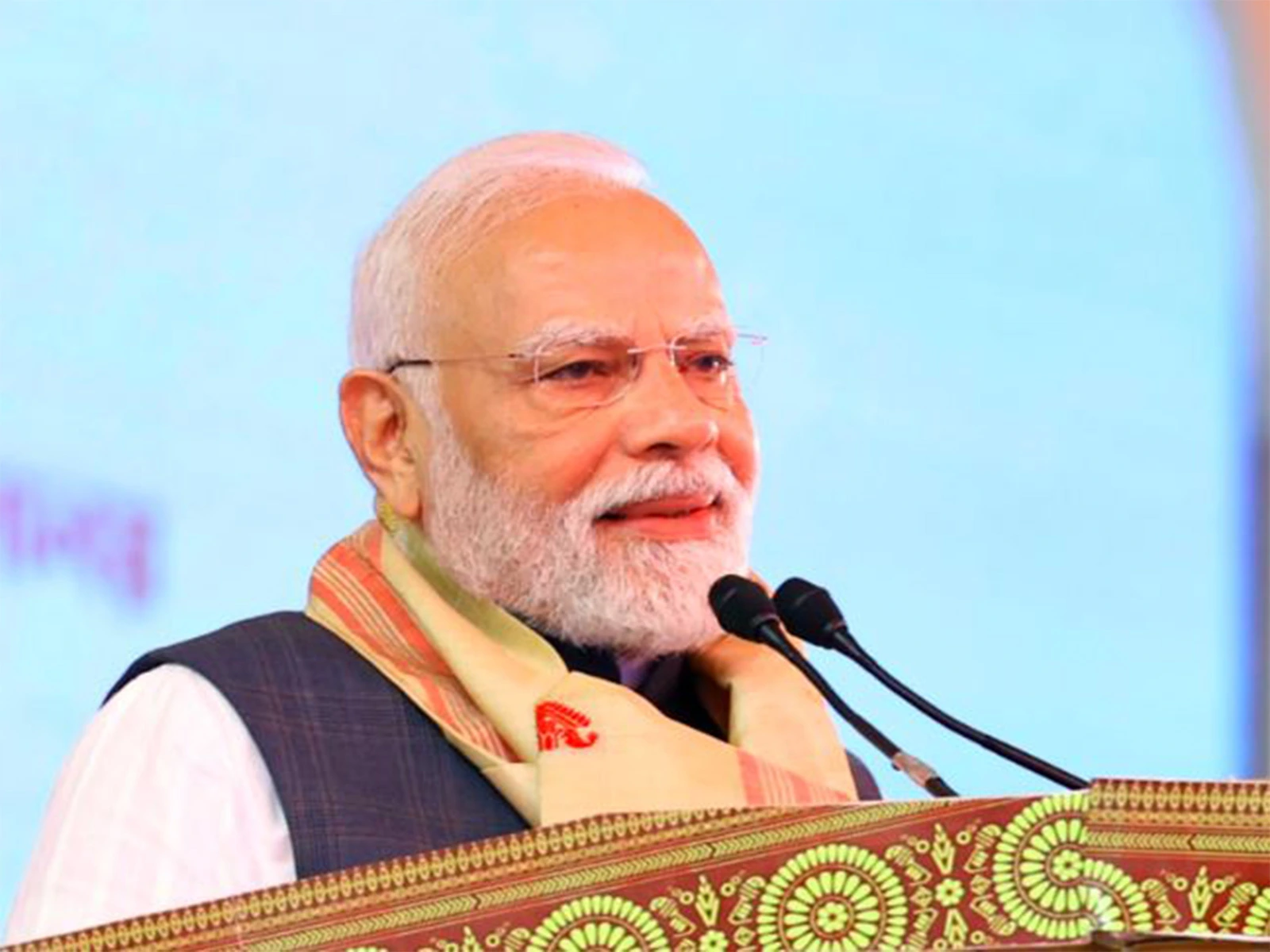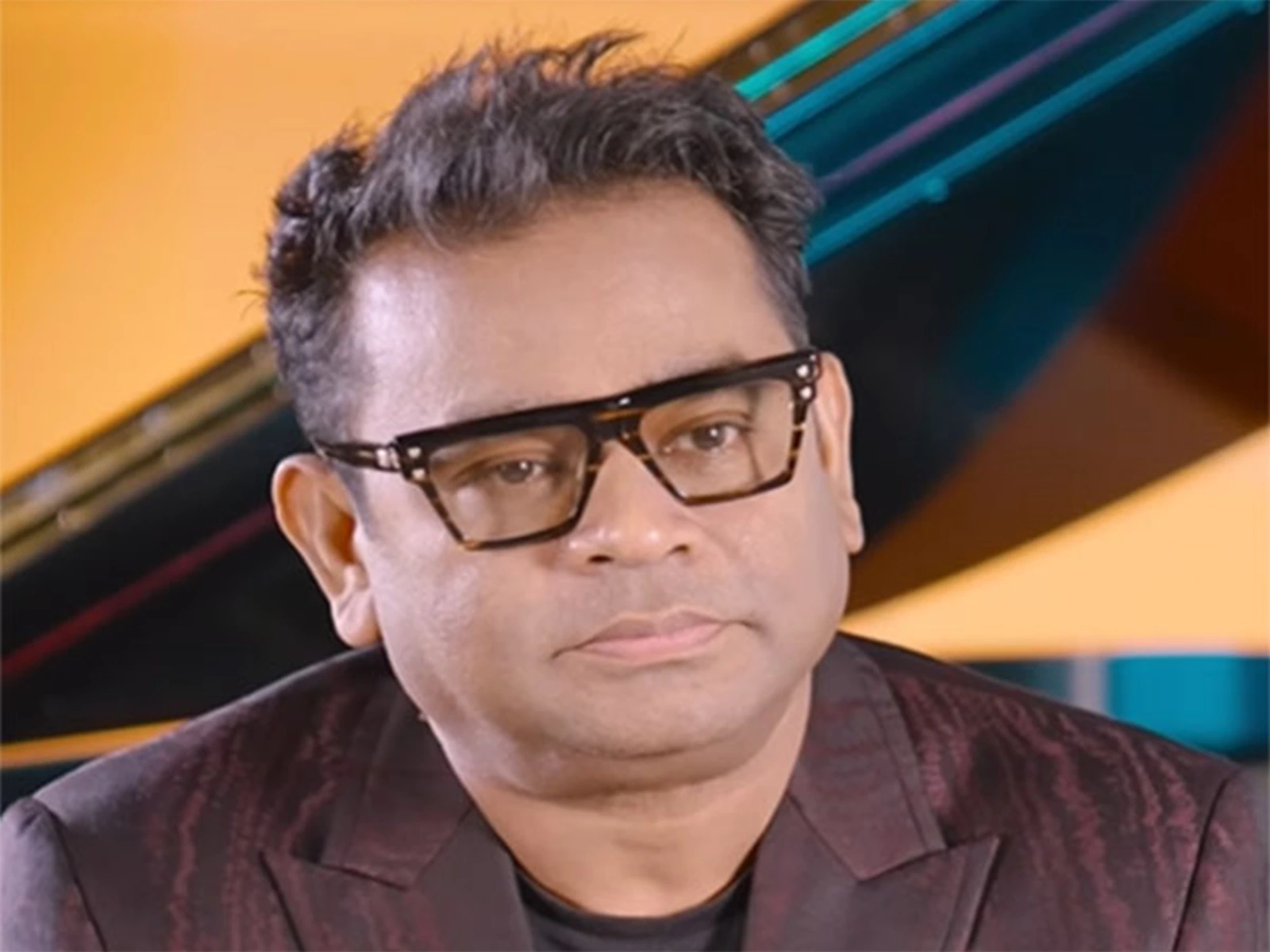13 -JUN-2025,06:30 PM Union Minister of Fisheries, Animal Husbandry, and Dairying, Rajiv Ranjan, recently announced that India has achieved a significant milestone by becoming the second-largest producer of fisheries in the world. Speaking at a national fisheries development event, the Minister emphasized the government’s commitment to promoting the Blue Economy and improving the livelihoods of millions dependent on the fisheries sector.
The announcement is seen as a major boost for India’s economy and rural development, especially considering the vast coastline and inland water resources the country possesses. Rajiv Ranjan also praised the efforts of fish farmers, coastal communities, and the state governments in contributing to this remarkable growth trajectory.
Rajiv Ranjan on India’s Journey to Global Fisheries Success
Rajiv Ranjan : Strategic Policy Push and Reforms by Rajiv Ranjan
In his address, Rajiv Ranjan credited a combination of progressive policies, infrastructure development, and financial support for propelling India to the second spot in global fisheries production. He highlighted the Pradhan Mantri Matsya Sampada Yojana (PMMSY) as one of the cornerstone initiatives aimed at transforming the fisheries sector.
“The fisheries sector is a critical component of the rural economy, and under the leadership of Prime Minister Narendra Modi, we’ve introduced schemes that directly benefit fishers and entrepreneurs,” said Rajiv Ranjan.
He further elaborated on how the government has focused on enhancing cold chain infrastructure, fish hatcheries, and training programs to equip local communities with the skills and tools they need.
Rajiv Ranjan : Importance of Fisheries in Rural Livelihoods
Rajiv Ranjan underscored the significance of fisheries as a livelihood source for over 28 million people in India. These include traditional fishermen, aquaculture workers, and fish vendors.
He noted, “Fisheries is more than just a food source. It is deeply connected to our rural fabric. Every policy we roll out is aimed at enhancing income, sustainability, and resilience among our fishers.”
Rajiv Ranjan : India’s Blue Economy Vision: Driving Sustainable Growth
Rajiv Ranjan : Blue Economy and Environmental Stewardship
As India ranks second globally in fisheries production, Rajiv Ranjan emphasized that sustainability remains a core focus. He spoke of the need to balance growth with ecological responsibility by adopting sustainable aquaculture practices and avoiding overfishing in vulnerable zones.
“Our vision for the Blue Economy ensures that our oceans and inland water resources are utilized judiciously without compromising biodiversity,” said Rajiv Ranjan. He mentioned that India is aligning its fisheries policies with the UN Sustainable Development Goals (SDGs).
Role of Technology and Innovation
Technology is also playing a crucial role in transforming the fisheries sector. Rajiv Ranjan outlined how tools such as satellite-based fish location systems, mobile apps for weather alerts, and GPS-enabled boats are improving the efficiency and safety of fishing operations.
He noted that digital inclusion has helped reduce post-harvest losses, ensured real-time market access, and improved the income of small-scale fishers. Startups in aquaculture tech are also being supported under various government schemes.
Global Recognition and Trade Opportunities
India’s Export Growth in Fisheries
Rajiv Ranjan pointed out that India’s rise in global fisheries production has also resulted in increased seafood exports. In 2023–24, India exported seafood worth over USD 8 billion, with major markets being the US, China, the EU, and Southeast Asia.
The minister stressed the need to diversify export markets and maintain high quality and safety standards to meet international demand. He also highlighted India’s leadership in shrimp production, especially in states like Andhra Pradesh and Gujarat.
“We must not only focus on quantity but also quality. Our seafood should be a global benchmark,” said Rajiv Ranjan.
Enhancing India’s Role in Global Fisheries Forums
India’s growing prominence has also made it an active participant in global fisheries diplomacy. Rajiv Ranjan noted that India is engaging more with international bodies like the FAO and participating in climate and ocean resource summits.
“We want to be a voice for developing nations when it comes to fair trade and sustainable fishing rights,” said the minister.
Regional Contributions and Success Stories
States Driving India’s Fisheries Growth
According to Rajiv Ranjan, states like Andhra Pradesh, Tamil Nadu, Kerala, Gujarat, and West Bengal have played a crucial role in boosting India’s fisheries output. He praised their proactive governance, timely implementation of central schemes, and community engagement.
For instance, Andhra Pradesh contributes to over 30% of India’s aquaculture, especially in shrimp farming. Gujarat’s coastal fisheries and deep-sea fishing programs have also been models for other states.
Empowering Women and Youth in Fisheries
A special mention was made by Rajiv Ranjan on the participation of women and youth in the sector. Through skill development initiatives, women in coastal villages are now engaged in fish processing, value addition, and retailing.
“Empowering women and youth will be key to the next wave of growth in fisheries,” he said.
Challenges and Road Ahead for the Fisheries Sector
Addressing Infrastructure Gaps
Despite the success, Rajiv Ranjan acknowledged several challenges that persist. These include poor infrastructure in remote areas, limited cold chain networks, and gaps in access to finance.
To address these, the Ministry is planning to set up Fisheries Incubation Centres and invest in modern fish landing centers across coastal and inland regions.
Focus on Climate-Resilient Fisheries
With climate change affecting fish stock patterns and breeding cycles, Rajiv Ranjan emphasized the need for climate-resilient fishing practices. The ministry is investing in research to study changing water temperatures, salinity, and the effects of pollution on aquatic life.
“The future of fisheries lies in adapting to change. We must blend tradition with innovation to protect both livelihoods and the environment,” he stated.
Conclusion: Rajiv Ranjan Leads India’s Fisheries Towards a Brighter Future
Under the dynamic leadership of Rajiv Ranjan, India has not only claimed the second spot in global fisheries production, but also set a roadmap for inclusive and sustainable development. With robust policy support, technological integration, and community participation, India is steadily transforming into a fisheries powerhouse.
The minister’s vision of a resilient, equitable, and export-oriented fisheries sector aligns with India’s larger developmental goals. As the country moves forward, the emphasis on sustainability, innovation, and empowerment will be crucial in ensuring long-term success.
India’s fisheries story is not just about numbers—it’s about people, communities, and a government committed to turning potential into prosperity. And at the center of it is a visionary leader—Rajiv Ranjan.
Source : ANI




